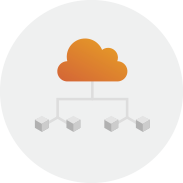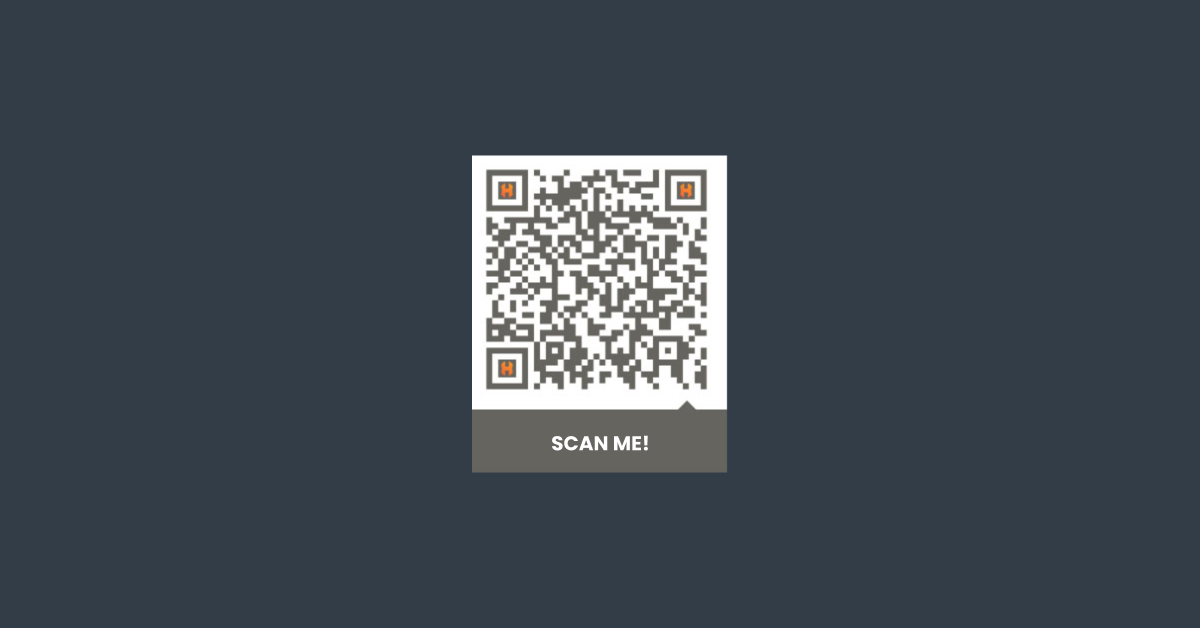Off the shelf software Vs Custom software development
Can’t get enough of managing your inventory with an Excel document?
You want to update your inventory management methods, but you don’t yet know if you want to invest in the development of a customized software or in an off the shelf software?
Read the article »













